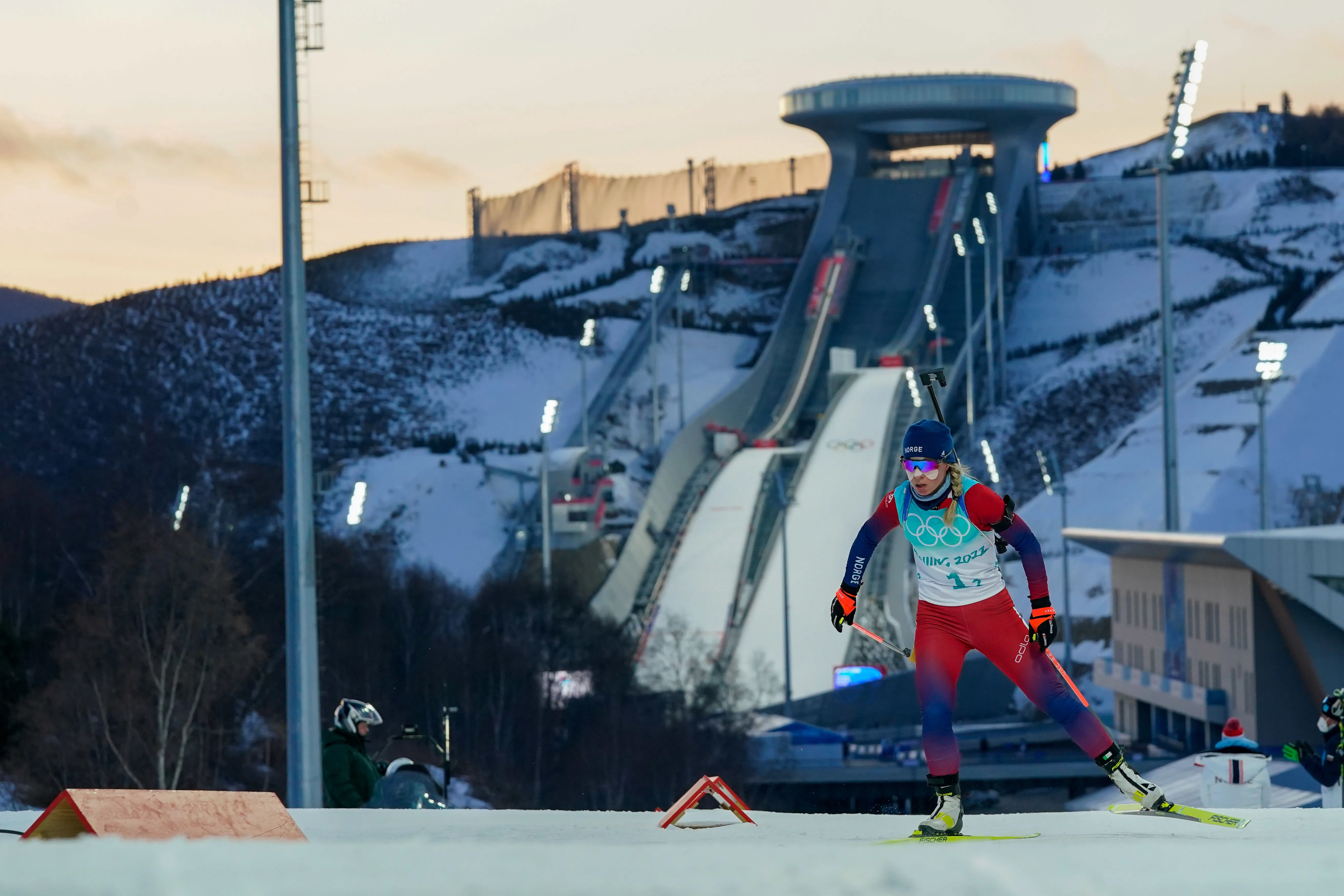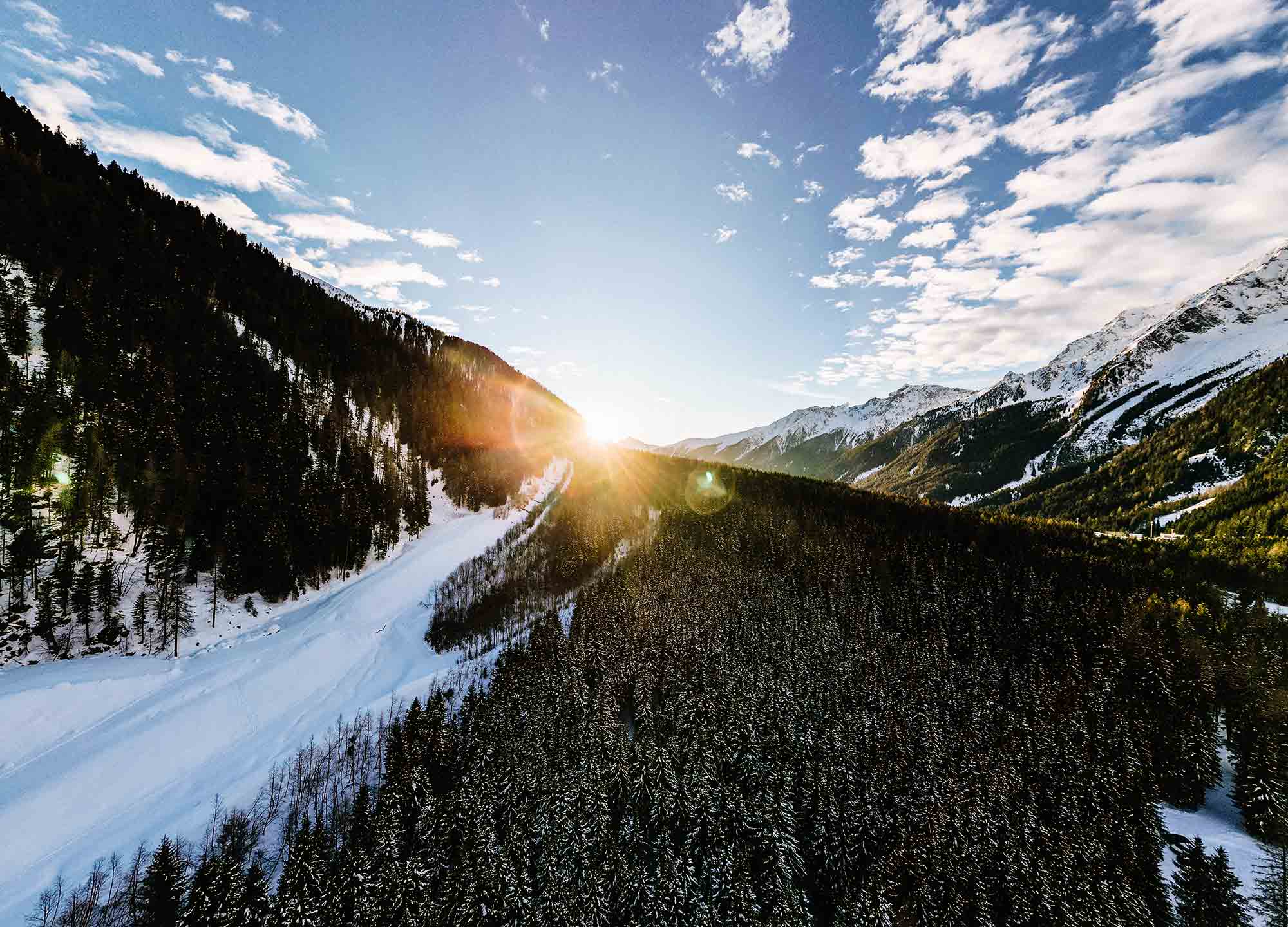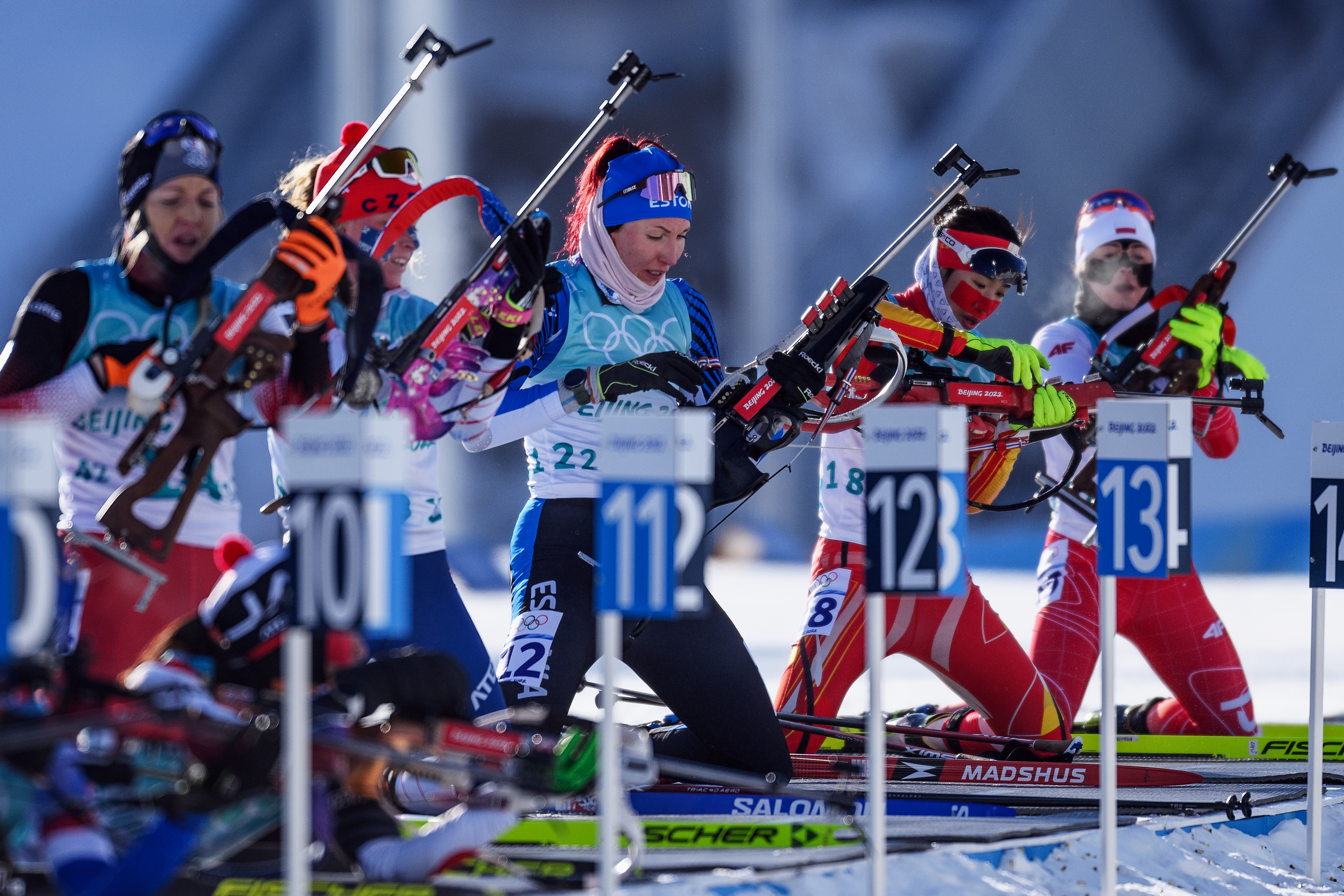Explosiveness, precision, but also calmness and endurance: let's discover the origins of biathlon together!
Biathlon is undoubtedly one of the most exciting winter sports, which, over the years, has attracted thousands of fans from all over the world to the Olympics.
If we were to explain it to someone who doesn't know anything about it, we could certainly define it as a sporting discipline that combines two activities (shooting and cross-country skiing) and where athletes - or rather, biathletes - have to cover a circuit in the shortest possible time, stopping at shooting ranges placed along the way to hit targets fifty metres away. Sounds simple so far, right?
In reality, it is the simple combination of two complex disciplines: rifle shooting and cross-country skiing. Shooting is quite intuitive, while cross-country skiing not so much: in this speciality, skiers cover many kilometres up and downhill with the help of poles (longer or shorter, based on the technique employed) for over one hour. Definitely tiring, and surely exciting.
An ancient discipline
Who came up with such a sport, anyway? Biathlon has a long history and distant origins. It probably derives from ancient hunting practices, evidenced in rock carvings, with men intent on hunting on skis in 3000 BC.
The biathlon as we know it today is rooted in the survival practices of the snowy forests of Scandinavia, where people hunted on skis carrying a rifle strapped to their shoulders. Events similar to the current discipline began to take place in Scandinavia, in the 18th century.
However, modern biathlon probably dates back to 1912, when the Norwegian army organised the Forvarsrennet in Oslo. This annual event initially consisted of a 17km cross-country race with a two-minute penalty for each shot missed in the shooting sessions.
Biathlon at the Olympics
In 1924, at the Chamonix Olympics, an ancient form of biathlon made its Olympic début: the military march.
This event remained a demonstration event for three more editions (1928, 1936 and 1948). After a few events, in which it was incorporated into a kind of winter pentathlon, biathlon appeared in its current form at the Squaw Valley 1960 Olympic Games (USA). The women's biathlon, on the other hand, had to wait more than 30 years before making its début in Albertville in 1992.
Until Innsbruck 1976, there were only two competitions: an individual race and a relay. In Lake Placid 1980, a second individual event was introduced, while in Salt Lake City 2002, a 12.5km pursuit race for men and 10km for women was added.
Lastly, Turin 2006 went on to include another event, the men's and women's mass start, bringing together the top 30 athletes of the World Cup.
Who are the best biathletes in history?
The greatest athlete in the history of biathlon is Norwegian Ole Einar Bjørndalen, undoubtedly 'The King of Biathlon' at the Olympic Games, having won a total of 13 medals.
He won his first gold medal in Nagano 1998, and took home also his first World Cup on the first year. In Salt Lake City 2002, he achieved the feat of winning the gold medal in all four biathlon competitions (10 km sprint, 12.5 km pursuit, 20 km individual and 4x7.5 km relay): until then, no biathlete had ever won more than two gold medals in the same event. His last endeavour was in Sochi 2014 where, at the age of 40, he struck gold in both the sprint and mixed relay.
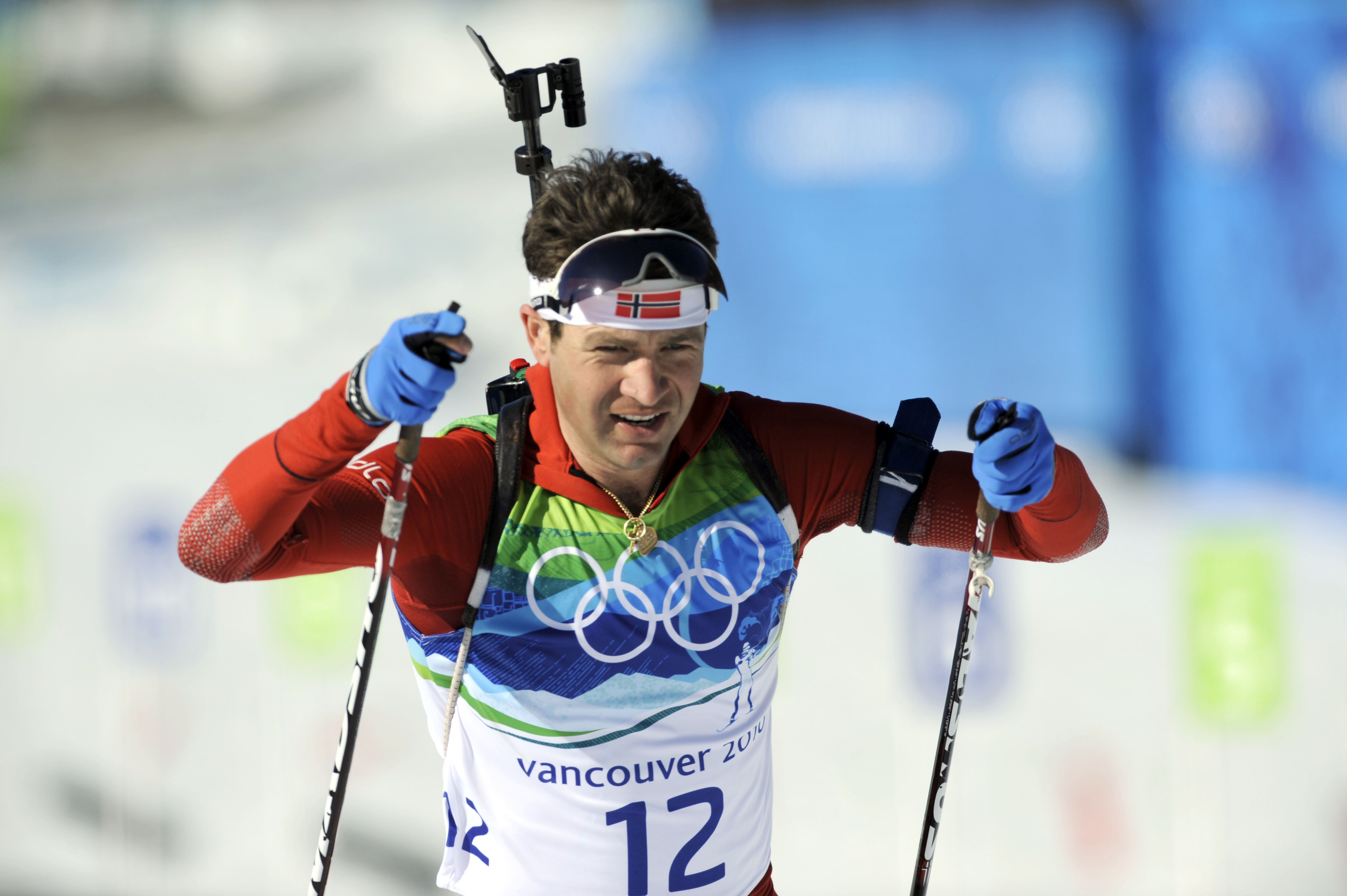
Ole Einar Bjoerndalen, Norway, Biathlon, Olympic Winter Games Vancouver 2010
As for women, Norway's Tiril Eckhoff, who retired from competition in March 2023, won an astonishing eight medals (2 gold, 3 silver and 3 bronze). While her compatriot Marte Olsbu Røiseland can be called the queen of the Beijing biathlon. The 31-year-old has won three gold and two bronze medals in a single Olympics edition.
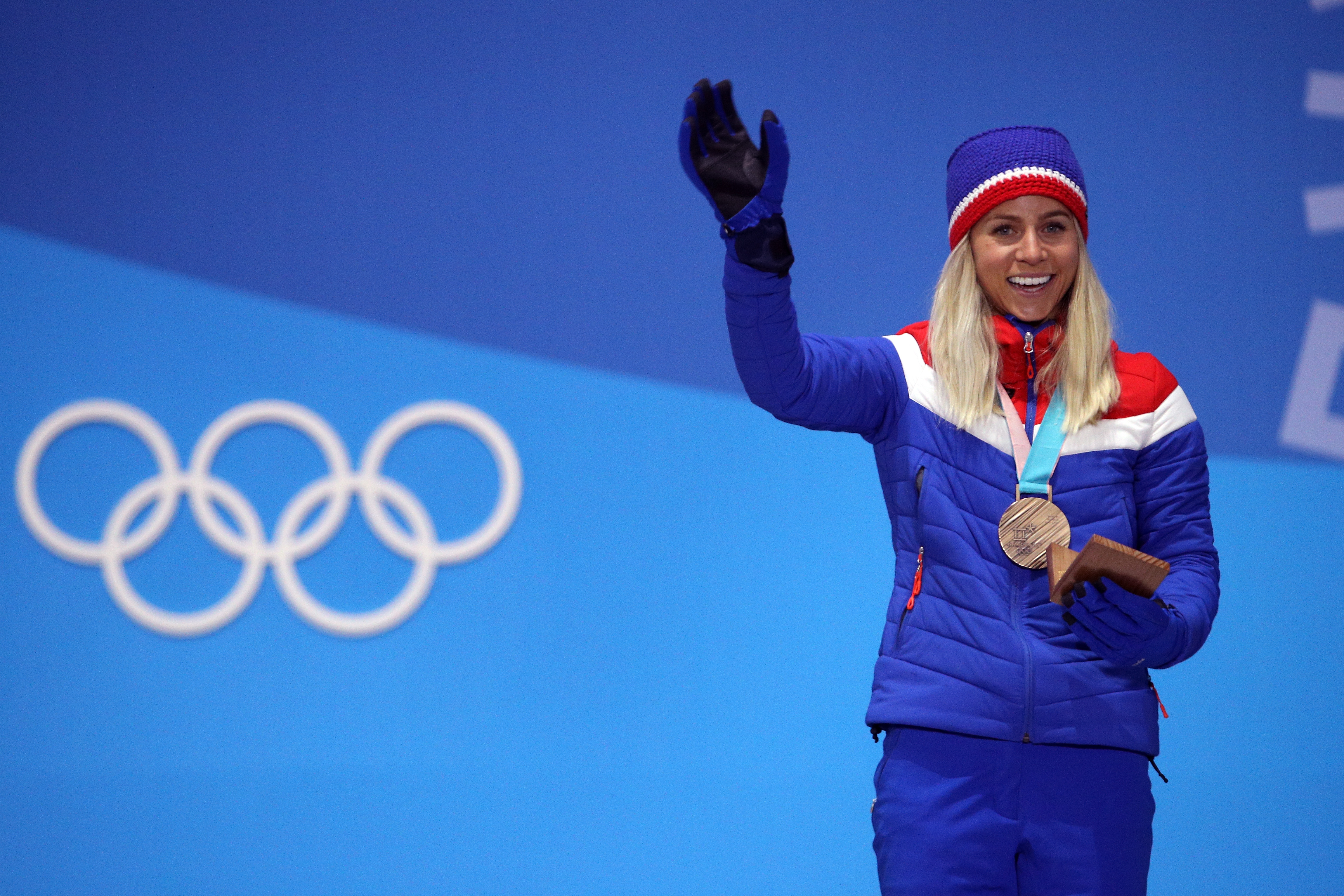
Tiril Eckhoff, Norway, Biathlon, Olympic Winter Games PyeongChang 2018
Anterselva/Antholz: in the heart of the Italian biathlon
Biathlon is part of the DNA of Anterselva/Antholz, recognised worldwide as an excellence hub for this sport. Since 1971, biathlon history has been made here.
In that year, the first international biathlon competitions were held under the leadership of Paul Zingerle, a hotelier from Antholz, the crowning achievement of a collective, pioneering and visionary passion. Zingerle was the first to have cross-country ski trails laid out at Lake Antholz and also set up shooting ranges at the lake. It was a success. The first Biathlon World Championships took place in 1975.
Every year, in this magnificent and remote corner of the Alps, tens of thousands of fans and spectators arrive from all over the world to cheer on their favourite biathletes in one of the most spectacular stages of the World Cup. A past and a present that make Anterselva/Antholz the perfect venue to host the future Olympic biathlon competitions at Milano Cortina 2026.





